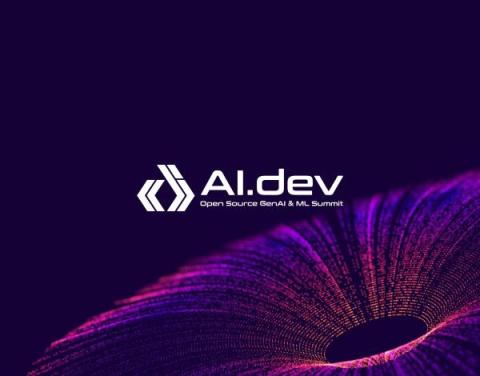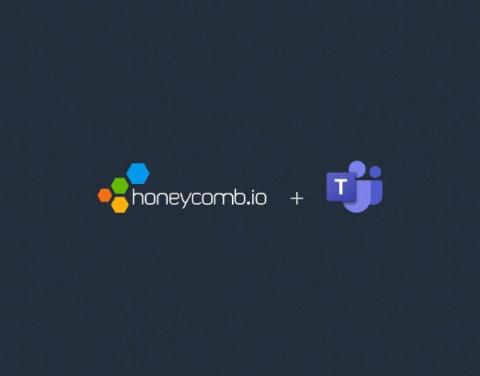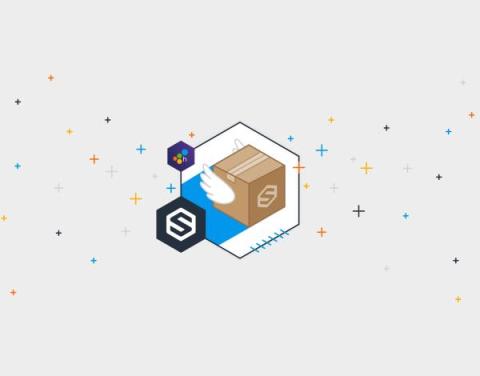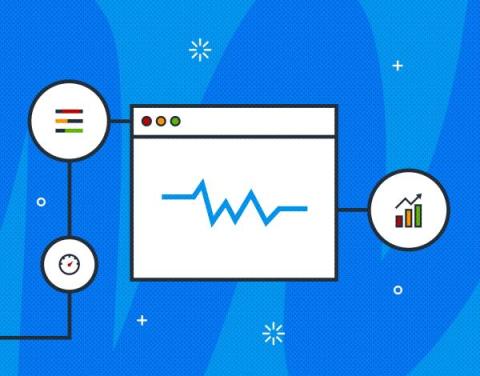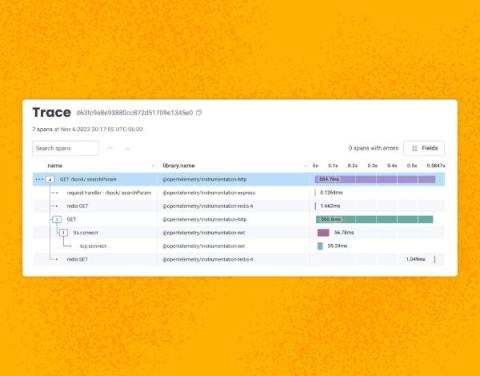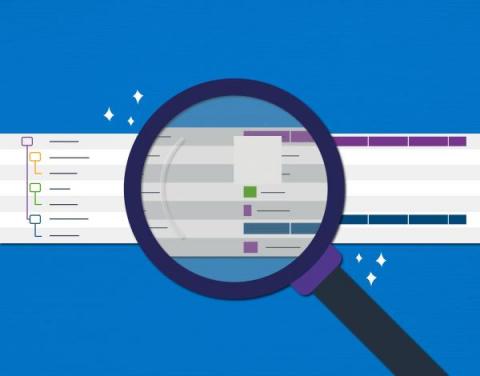Ship First, Model Later: A Short Recap of AI.Dev
In a keynote at AI.Dev, Robert Nishihara (CEO, Anyscale) described the shift: A year ago, the people working with ML models were ML experts. Now, they’re developers. A year ago, the process was to experiment with building a model, then put a product on top of it. Now, it’s ship a product, find the market fit, then create customized models. The general-purpose generative AI models available to all of us today (such as ChatGPT) change the way work is done.


